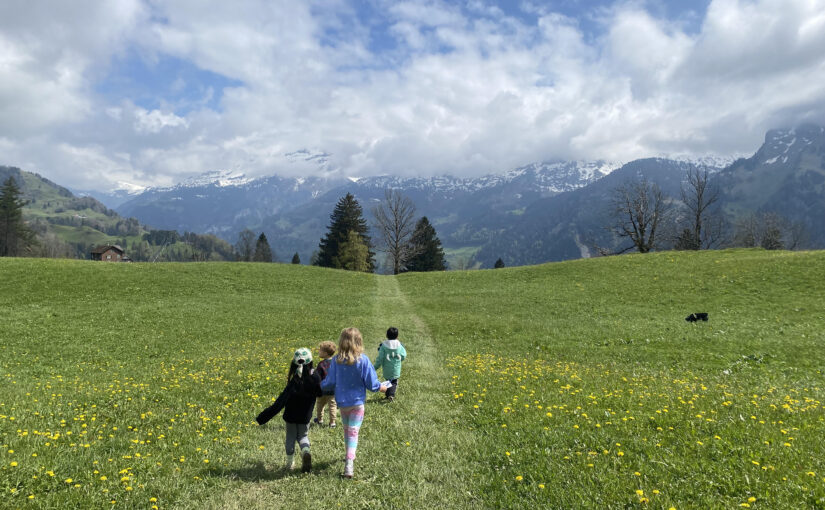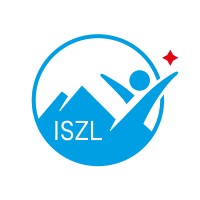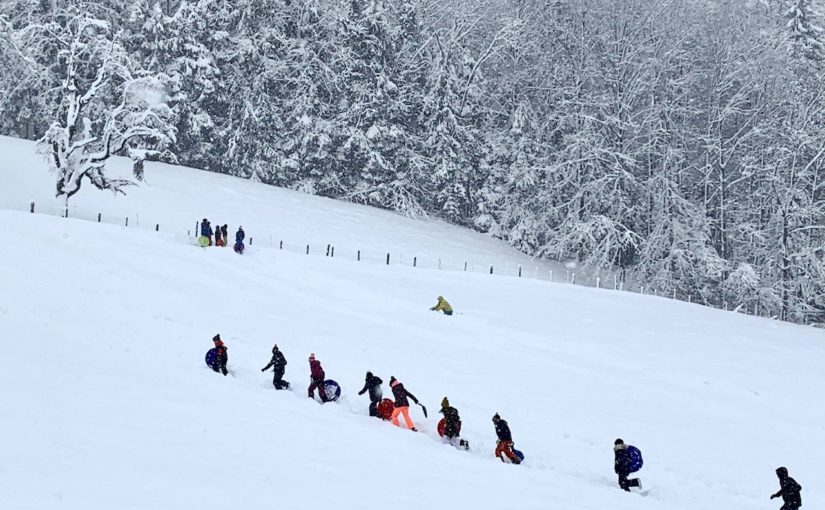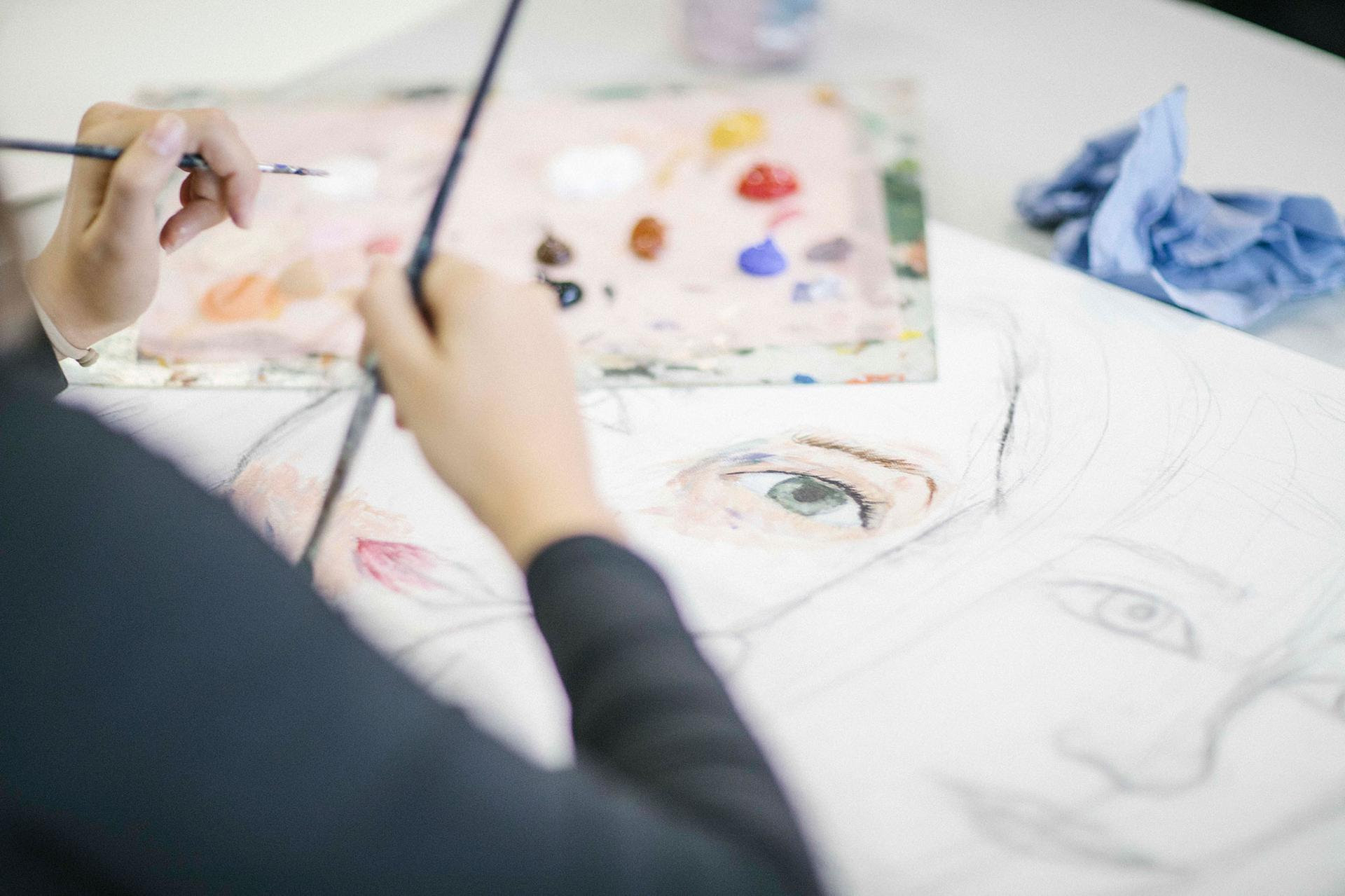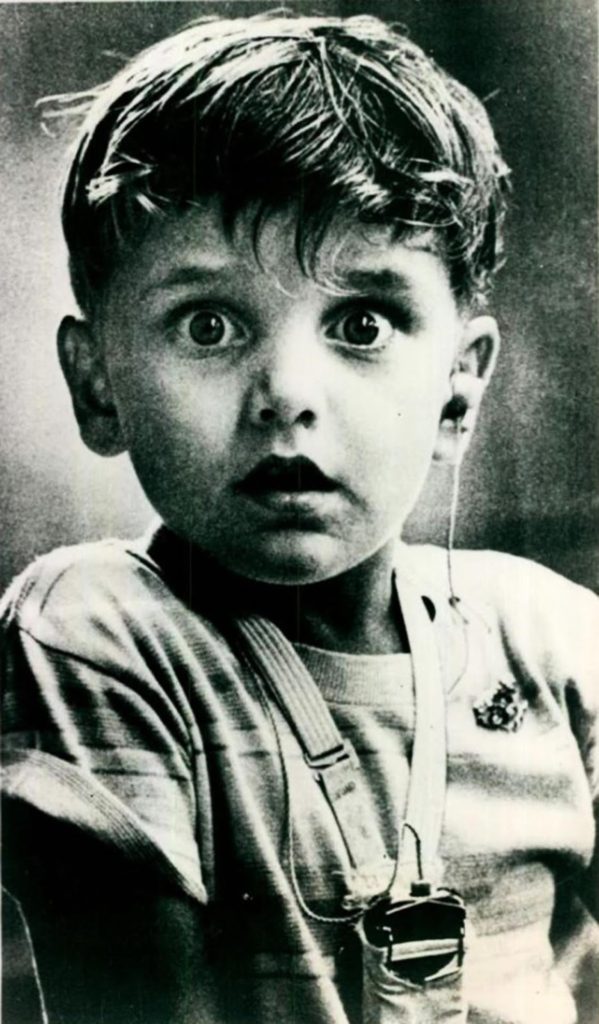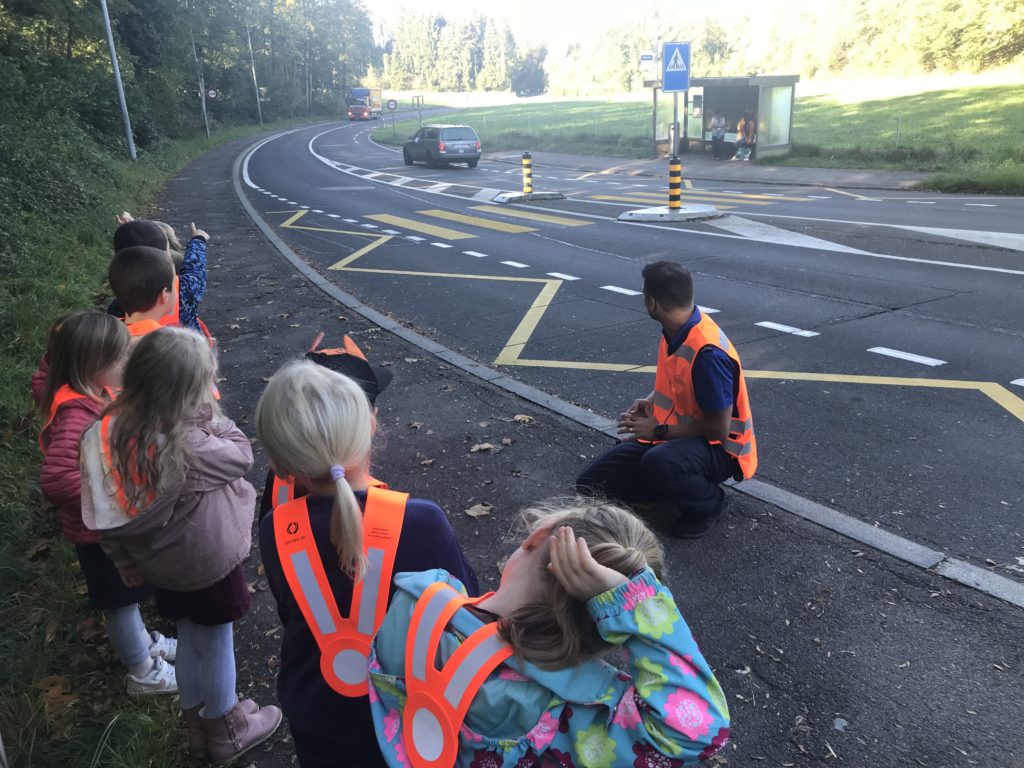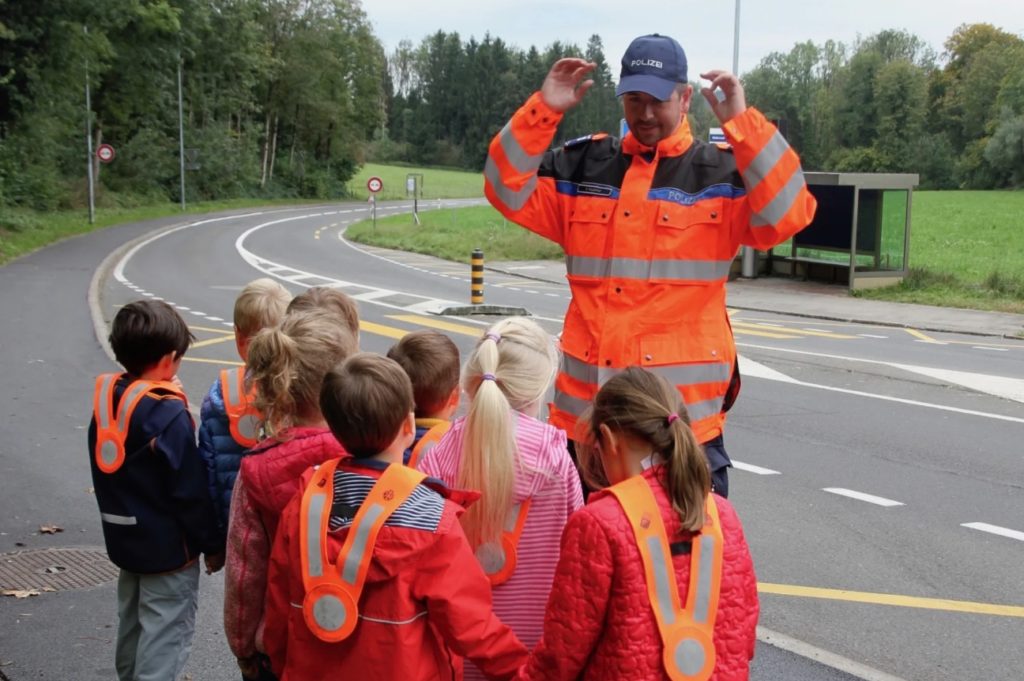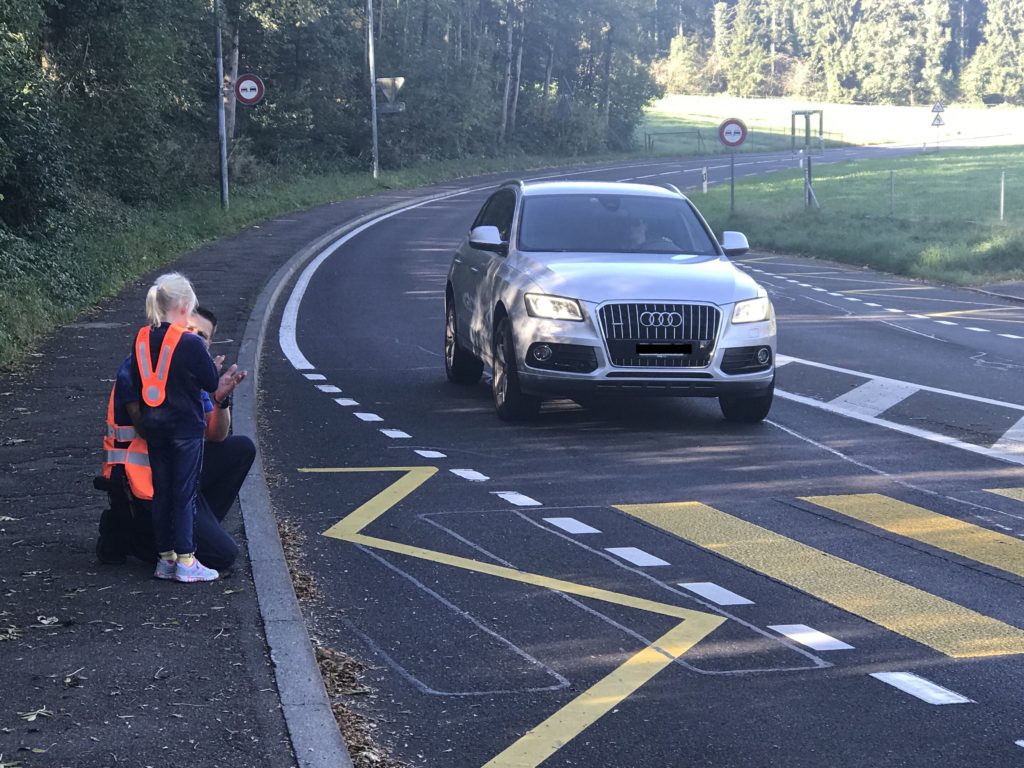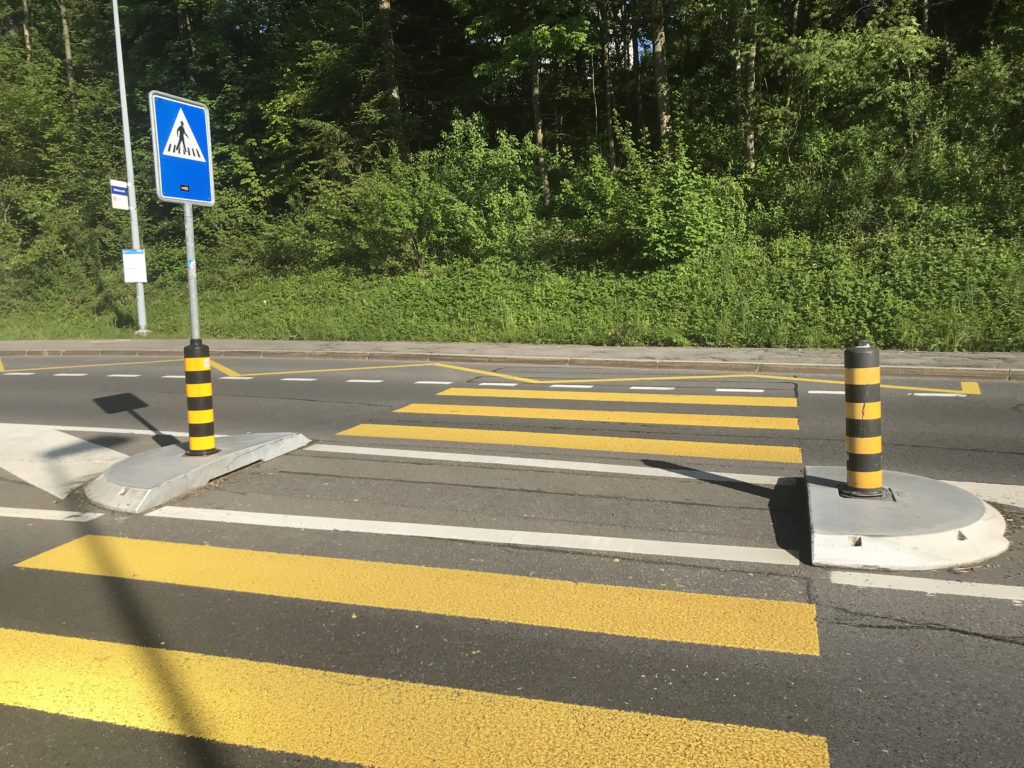The following are my opening words at ISZL’s 2024 Graduation Ceremony.
Grüezi mitenand. Good Afternoon. To our honoured attendees: ISZL’s Board of Trustees, Teachers and Staff, Families and Friends, and all those watching from around the world via live stream video, welcome to our commencement ceremony.
It is my utmost privilege to present ISZL’s Class of 2024. Today, we gather to celebrate you, our students, in a myriad of ways by a community that not only admires but also deeply cares for you. Congratulations, students, your accomplishments have filled us with pride.
I stand before you with immense gratitude, deeply honoured to serve this exceptional community. Living in Switzerland and being part of ISZL is a privilege I cherish each day. One of the daily delights I appreciate is my evening stroll by the lake with our dogs.
This week, I noticed some of our seniors on a park bench, leisurely enjoying the evening together. We recognised each other, but I did not want to interrupt their special moment. I imagined their joy, having finished exams and savouring the last days of high school.
At this week’s Senior Seminar, I spoke with one of the students I had seen the previous evening. He shared how he suddenly had an abundance of free time and felt uncertain about how to fill it. I immediately responded, “Free time, what a gift!”.
Graduates, as you sit here on the brink of a new journey, I want to share a profound truth: Time is a non-renewable resource. Once passed, time cannot be reclaimed. It is a precious gift, and how you choose to spend it will shape the course of your life.
A life journey is one of self-discovery through exploration and learning from mistakes. Each experience, whether a triumph or a misstep, shapes our understanding of ourselves and the world. Time, as an irreplaceable resource, underscores the importance of deliberate action and reflection.
As adults, we gain wisdom and good judgment beyond that of our children by having had the time to make more mistakes and to learn from them. In other words, “Good judgment comes from experience, and experience comes from learning from bad judgment.” While parents naturally want to shield their children from errors, some lessons can only be learned through personal experience. Knowing ourselves is the beginning of all wisdom, and how we spend our time pursuing knowledge, adventure, and growth defines the richness of our life’s journey.
To put the value of time into perspective, consider this: As a Canadian male, my average life expectancy is about 82 years. While I hope to live well beyond that, this means I may only have 26 more summers to enjoy, 26 more trips around the sun to read those books on my wishlist, explore new destinations, run that special marathon, complete an advanced degree, and savour a moonlit night sitting on a park bench with dear friends.
…I may only have 26 more occasions to celebrate my children’s birthdays.
We all experience the unrelenting march of time, a profound reminder of our humanity, emphasising the finite nature of our existence. This awareness imbues our lives with meaning, as we recognise that each beautiful moment is unique and unrepeatable. It is this finiteness that compels us to make the most of our time, while treasuring our tapestry of memories graced by family and friends who cherish us and bring joy to our lives. The poet Mary Oliver famously asked, “Tell me, what is it you plan to do with your one wild and precious life?”
As you transition today from ISZL students to alumni, we hope you continue to use your time to embody ISZL’s vision to turn your learning into action, stretch yourself further and achieve more than you ever thought possible. Each moment of time is invaluable to be carefully managed and fiercely protected, whether it is preparing for exams, relishing today’s ceremony with your family and friends, working towards personal and professional goals, or simply sharing an evening on a park bench by the lake with friends.
In closing, remember that time is fleeting, but its impact is enduring. May you continue to use your time to create, inspire, and make a difference. The world needs your brilliance, your compassion, and your courage. Congratulations, Class of 2024. I wish you all the best as you brighten the world with your light, fulfilling ISZL’s mission to make the world, or your corner of it, a better, kinder place. Thank you.
Barry Dequanne
Photo: Family hike with friends in Höhenweg Hoch Ybrig, Illgau, Switzerland (Ladybug Trail)
